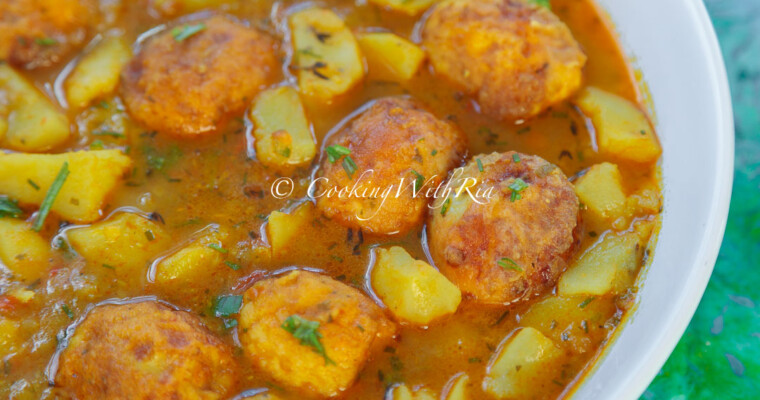Sugar Cane in Trinidad
Sugar cane holds a cherished place in Trinidadian culture, both as a sweet, refreshing snack and as a cornerstone of the island’s history and economy. Known locally as “cane,” this tall, fibrous grass has been enjoyed by generations, whether peeled and chewed fresh or juiced for a natural, hydrating treat.
Sugar Cane as a Snack
For many Trinidadians, sugar cane is more than just a source of sugar—it’s a nostalgic delight. Vendors selling fresh sugar cane can often be found at roadside stalls or bustling markets, cutting the stalks into bite-sized chunks perfect for chewing. The juice, sweet and slightly earthy, offers a burst of energy and refreshment, especially in Trinidad’s warm tropical climate.
Children and adults alike savor the ritual of peeling the tough outer layer to reveal the juicy core, gnawing on the fibrous pulp to extract every drop of natural sweetness. It’s a simple pleasure that connects many to the land and their roots, especially for those who grew up with sugar cane fields nearby(like myself).
The Sugar Industry in Trinidad
Sugar cane was introduced to Trinidad in the 17th century and quickly became a dominant force in the island’s economy, driven by the plantation system under colonial rule. The industry thrived during the 18th and 19th centuries, with sugar exports becoming a major contributor to the island’s wealth. However, this prosperity came at a steep human cost, as enslaved Africans were brought to Trinidad to labor on the plantations, later replaced by indentured workers from India after emancipation.
By the 20th century, the sugar industry began to decline due to competition, changing economic conditions, and the diversification of Trinidad’s economy. In 2003, the government closed Caroni (1975) Ltd., the state-owned sugar company, marking the end of large-scale sugar production in Trinidad.
A Legacy Preserved
Despite the decline of the industry, sugar cane remains deeply embedded in Trinidad’s cultural identity. Many older Trinidadians remember working in the cane fields or enjoying the camaraderie of cane harvesting. Today, small-scale cultivation persists, primarily for local consumption, and sugar cane juice is a popular drink at markets and festivals.
Whether as a snack or a symbol of resilience and history, sugar cane continues to sweeten Trinidad’s story, reminding us of the island’s rich agricultural and cultural heritage.













